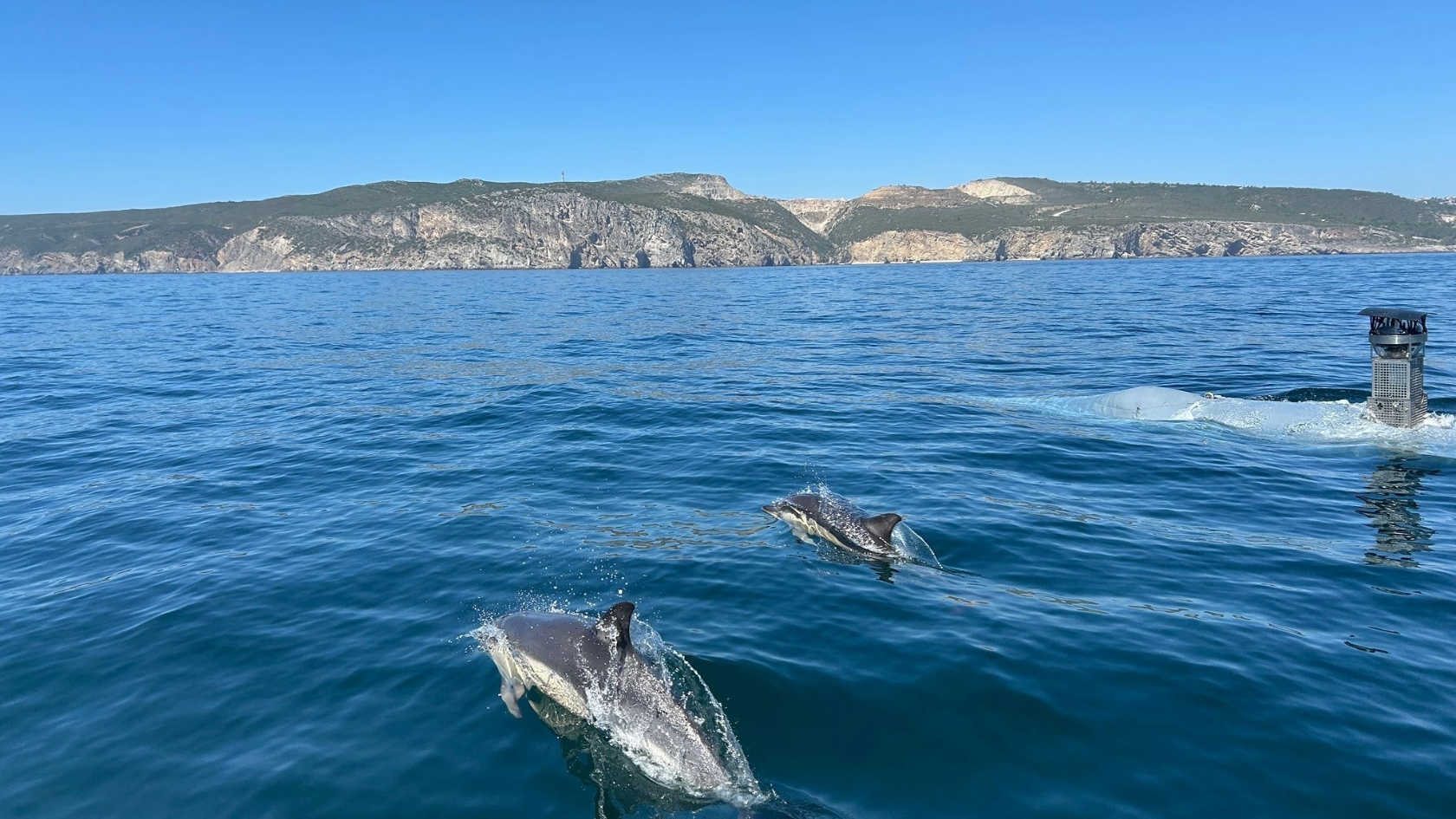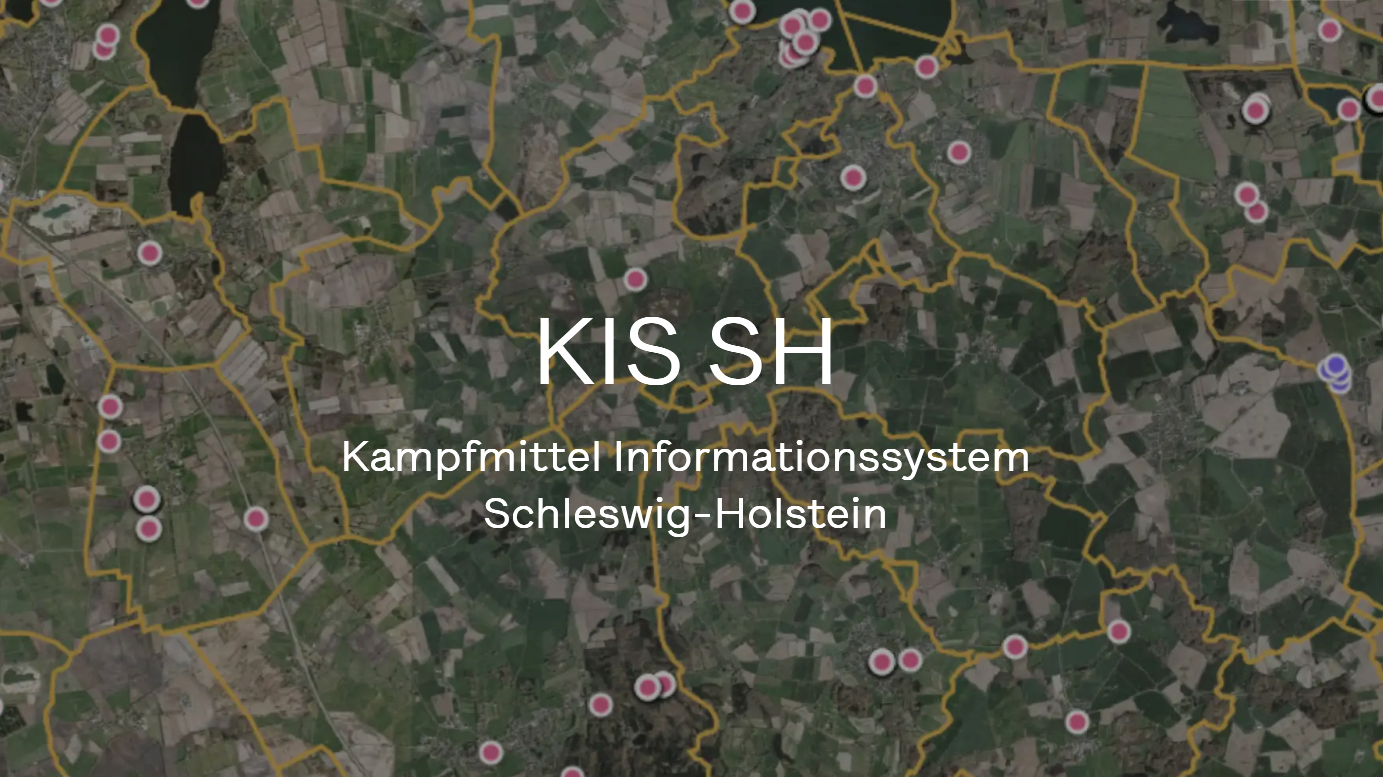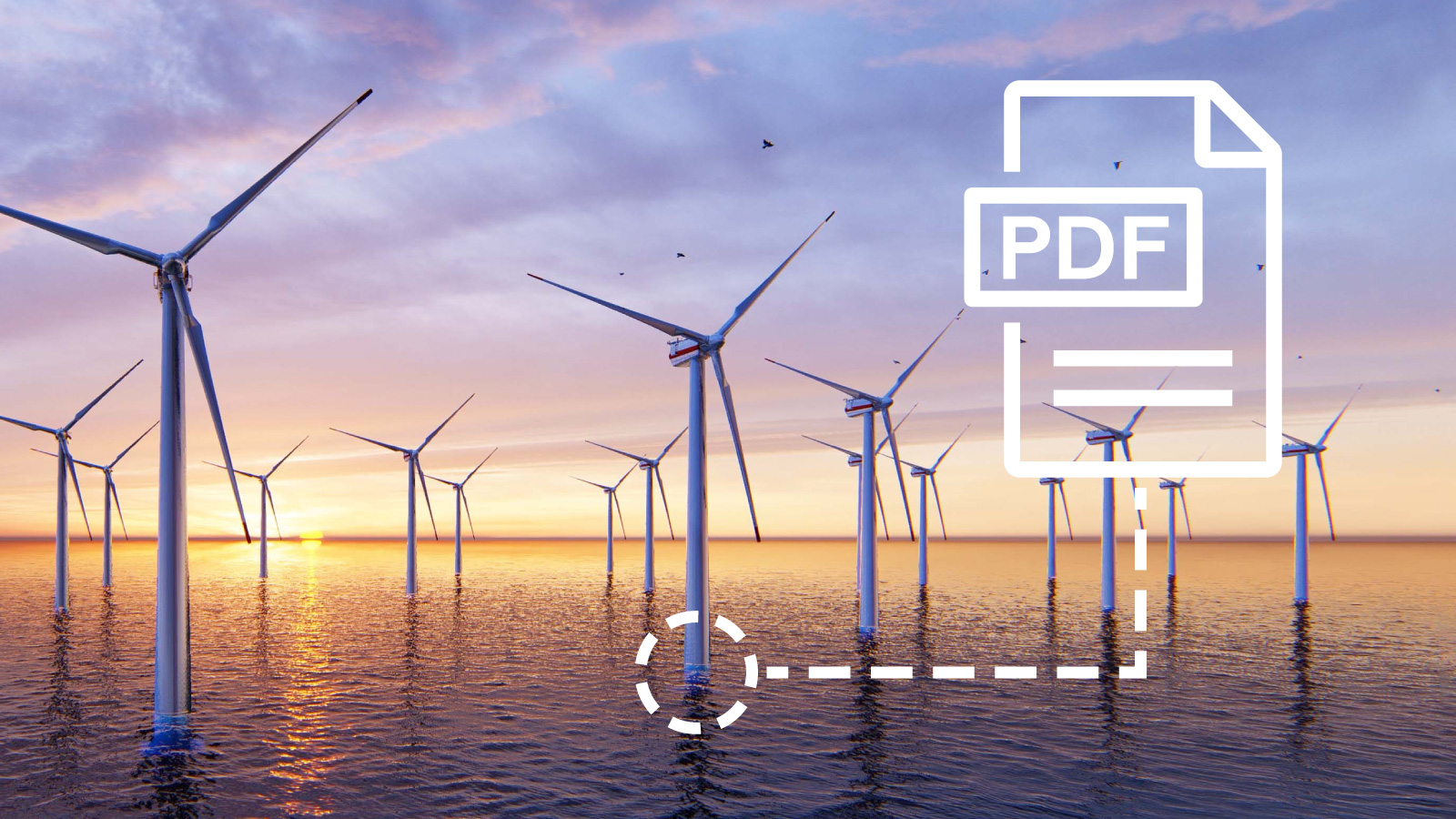Marispace-X research featured in latest edition of the renowned International Hydrographic Review
Peer-reviewed IHR article outlines new directions in maritime big data processing and analysis of sensor data
The world beneath the ocean’s surface is arguably becoming the fastest-growing frontier for global energy, communication, and security. Offshore wind parks are expanding, subsea cables connect continents, and defence organisations are working hard to protect critical underwater infrastructure. As activity in the ocean accelerates, one thing becomes unmistakably clear: subsea operations generate more data and rely on it more than ever before.
Modern acoustic sensors capture the ocean in extraordinary detail: From high-resolution bathymetry to deep sediment layers. But with every new survey, the volume, complexity, and speed of incoming data grow exponentially. Raw sonar files easily reach gigabytes or terabytes per project, and each sensor type brings its own format specifications, metadata quirks, and interpretation challenges.
This fast-growing flood of information is what we call Ocean Big Data.
And while the potential is enormous, the industry has reached its limits. Many teams still rely on desktop tools from the 1990s, manual workflows, and small groups of highly specialised experts who are already stretched thin. At the same time, offshore projects become bigger, more volatile, and more demanding. Every decision, both operational and financial, relies on understanding the seafloor with precision.
Our new white paper which will be released soon explores how Ocean Big Data is transforming the offshore and subsea industry.
It highlights why subsea data has exploded, what makes Ocean Big Data fundamentally different from other big data domains, and why traditional tools and isolated workflows can no longer keep up with the current data pressure. It also offers insights into the opportunities that arise when organisations rethink data management, quality control, and ocean data processing at scale.
Instead of drowning in complexity and uncertainty, subsea operations need to turn raw sensor data into operational insights for project planning and forecasting, detecting hazards, protecting assets, and making the ocean a more predictable environment to operate in.

Peer-reviewed IHR article outlines new directions in maritime big data processing and analysis of sensor data

When NATO gathered thousands of participants for REPMUS & Dynamic Messenger 2025 off the Portuguese coast, the focus was clear: testing how...

Felde, Germany. Thousands of bombs still lie in the ground in Schleswig-Holstein (SH). During the Second World War, the Allies dropped over two...

We’re excited to announce our latest innovative feature on all north.io data platforms: Geotagging.
